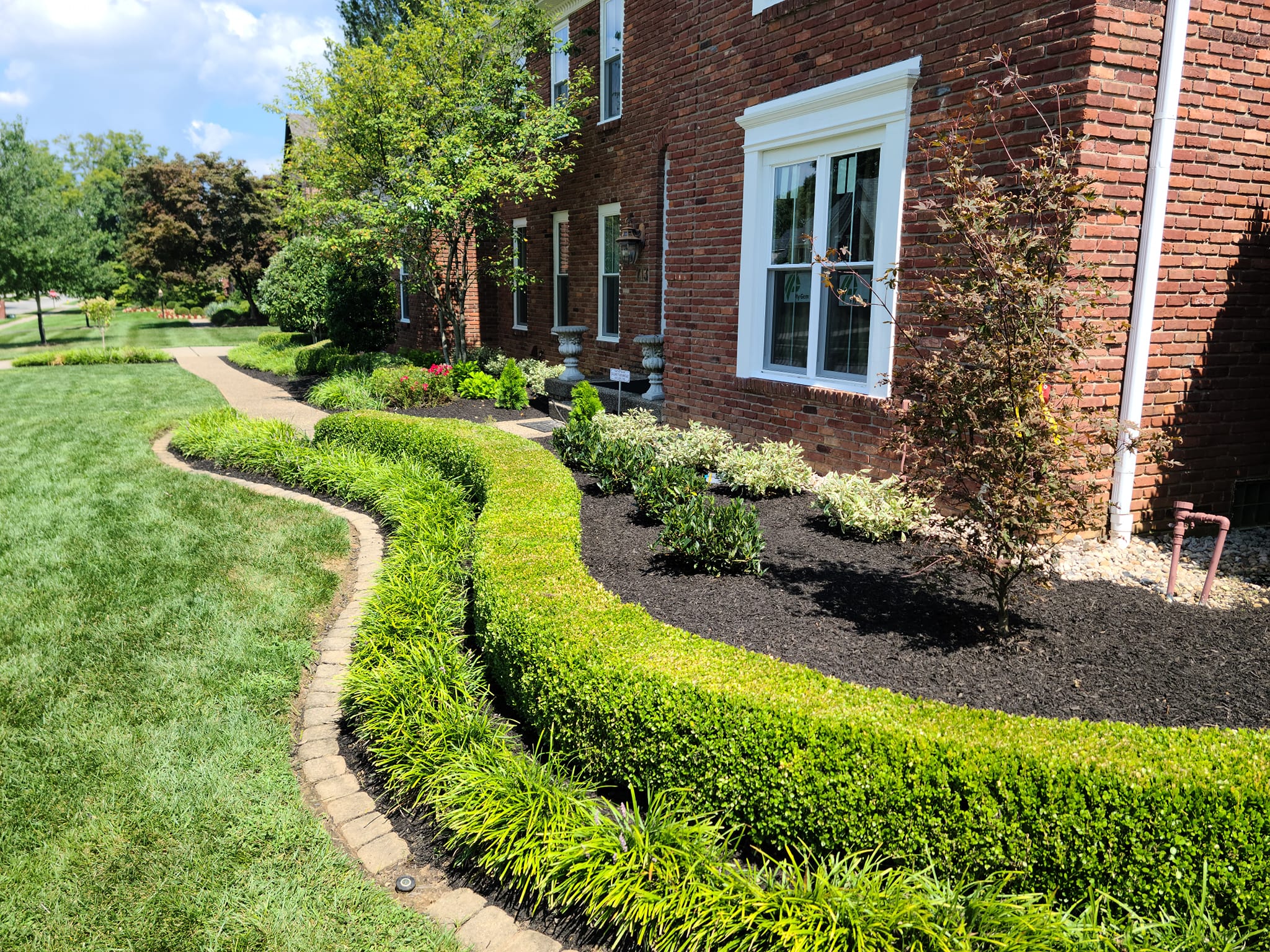
Maximize Your Garden's Potential with Innovative Landscaping Techniques Nov 07, 2025
Begin with a Vision
Before you start digging or planting, it's crucial to have a clear vision for your garden. Consider the purpose of the space. Do you want a serene retreat, a vibrant entertainment area, or a sustainable, eco-friendly garden? Once you pinpoint your objectives, sketch a layout that complements your style and the architectural elements of your home. This plan will guide you in selecting the appropriate plants, materials, and features that align with your vision.
Embrace Vertical Gardening
If space is limited, vertical gardening is an innovative technique that can expand your planting area. Consider installing trellises or vertical planters to grow climbing plants and flowers. This not only maximizes your garden's potential but also adds visual interest to barren walls and fences. Vertical gardens are perfect for herbs, vegetables, and ornamental plants, creating a lush, layered look that's both practical and stylish.
Incorporate Hardscaping Features
Hardscaping involves the addition of non-living elements such as stone pathways, patios, or water features that add structure and functionality to your garden. By introducing hardscaping elements, you can create distinct areas for dining, relaxation, and play. Innovative designs might include natural stone pathways that guide guests through the garden or a water feature that introduces a soothing ambiance. These elements not only enhance the visual appeal of your garden but also increase your property’s value.
Optimize Plant Selection
Choosing the right plants is crucial to the success of your landscaping efforts. Opt for native plants that thrive in your area; they require less water and care, making them an environmentally friendly choice. Mix and match different plants to achieve a variety of textures and colors, ensuring year-round interest. Consider evergreens for enduring greenery and flowering plants for seasonal color bursts. Balance is vital, so work with contrasting plant heights and forms to create a harmonious and vibrant garden aesthetic.
Incorporate Sustainable Practices
Sustainability is more than just a trend—it's a necessity. Reduce your garden’s environmental footprint by incorporating sustainable practices into your landscaping design. Use organic fertilizers and pest control methods to maintain a healthy garden. Install a rainwater harvesting system to ensure responsible water use, or explore drought-tolerant plants that reduce water needs. By making these choices, you'll cultivate a garden that’s beautiful and eco-conscious.
Utilize Professional Expertise
While DIY projects can be rewarding, utilizing the expertise of professional landscapers like All Seasons Property Maintenance can take your garden to the next level. Our experienced team can offer insights into the latest trends and technologies in landscaping, ensuring your project is implemented efficiently and effectively. From design to execution, our goal is to help you achieve a garden that meets all your needs and exceeds your expectations.
In conclusion, maximizing your garden’s potential requires a blend of strategic planning, innovative techniques, and sustainable practices. Whether you're expanding into vertical spaces, incorporating hardscaping features, or selecting the right plants, these elements work together to create a harmonious garden oasis. Contact All Seasons Property Maintenance today to discover how our landscaping services can transform your outdoor space, ensuring it remains beautiful and functional all year round.
/filters:no_upscale()/media/4b6c051a-976e-4c4a-a502-b50946ecfff5.jpeg)
/filters:no_upscale()/filters:format(webp)/media/b2a675db-9dad-4f9d-9bf3-9a6e85ae5029.jpeg)